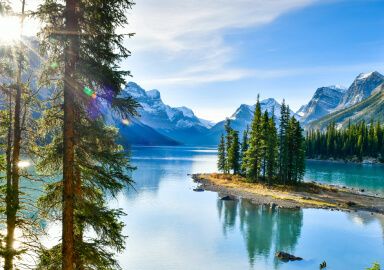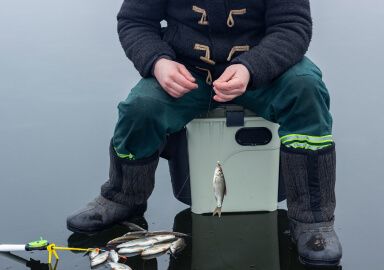Walleye
A medium sized freshwater predator fish, walleye is one of the most prized game fish species in North America, pursued both for food and for sport.
View 51 listings
51
listings
–
price starting from
2
countries
–
to the nearest trip
Where and When?
Walleye is an exclusively North American gamefish (a similar species in Europe is known as zander). The Great Lakes and the surrounding regions are the walleye heaven, with Minnesota in the USA and Manitoba in Canada being areas where walleye fishing has a cult-like status. There are many iconic destinations for walleye fishing, mostly in the Midwest but bear in mind that the world record for walleye comes from Tennessee, and the records from other states in the South consistently break the 20 lb barrier, leaving the Midwest far behind. Walleye prefer colder waters, and the best time to fish for them is usually at the break of spring and summer. Fall is also a good time, when walleye gather in packs and feed actively before winter, but the fish is not easy to catch at this time.
About Walleye
Walleye is the member of the perch family, and is characterized by a mediumly prolonged body, two long dorsal fins, and in some populations perch-like vertical stripes that run on the sides. The most conspicuous feature of the walleye are the facing eyes. The eyes have a light-gathering layer, which allows the walleye to see well in the dark. Walleyes from different watersheds differ slightly in appearance. Walleye flesh has a great nutritional value, with low fat, high protein, and numerous essential amino acids. The world record walleye was 41 inches in length and weighed 25 pounds. Typically, any fish longer than 28 inches is considered a good trophy, and if yours measured over 30” and over 15 pounds in weight, you may want to check the state or province record books.
How to Catch?
In most states and provinces walleye fishing is regulated to ensure sustainability of the catch. Regulations include seasons, and the minimum length of the fish that can be kept, and vary between areas. Spinning, trolling and ice fishing are the three primary methods of walleye fishing. Walleye tend to feed near the surface at night time, and retreat to deep waters at daytime; early morning and late afternoon are deemed to be the best time of day. Jigging is a highly successful method of catching walleye, and live bait held near bottom is also effective. Bear in mind that the walleye tend to prey on smaller fish. Windy weather works well for walleye fishing. In the winter walleye congregate in deep holes, and an angler who is lucky enough to find such a hole may catch one fish after another - that was how market fishermen used to do it in Canada in the days of old.







